Who was Millicent Fawcett? First statue of a woman in Parliament Square is unveiled
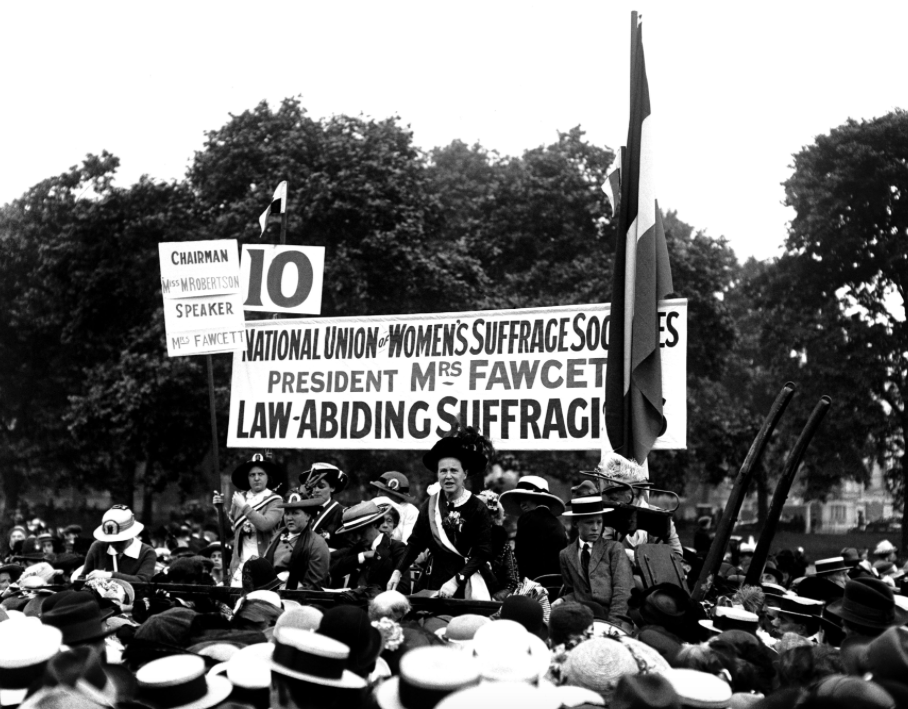
Parliament Square is now home to its first statue of a woman, two years after the campaign to get female representation outside the Palace of Westminster first began.
Millicent Fawcett, the suffragist who secured votes for women in 1918, has joined eleven all-male statues including Sir Winston Churchill, Nelson Mandela and Mahatma Gandhi.
Born in the seaside town of Aldeburgh, Suffolk, in 1847, she was sent to a London boarding school and took an interest in women’s suffrage aged 19 after hearing a speech by radical MP John Stuart Hill.
Her sister, Elizabeth Garrett Anderson, faced an almighty struggle to become the first female doctor in the UK and this fight spurred on Fawcett in her campaign for female equality.
She married Henry Fawcett, a politician and professor of political economy at Cambridge, in 1867 and made her first speech on women’s suffrage in 1868.
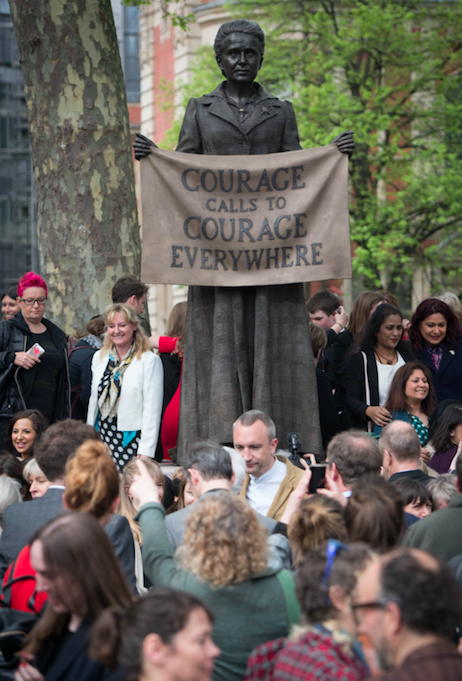
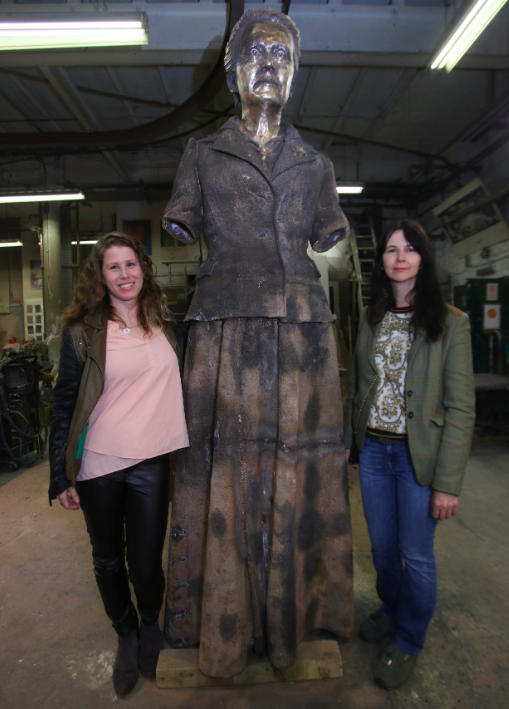
She became a well-known activist and speaker before becoming president of the National Union of Women’s Suffrage Societies in 1897. This group joined together lots of suffrage factions, including Emmeline Pankhurst’s suffragette movement.
An advocate for peaceful protest, Fawcett used non-violent demonstrations and petitions to MPs.
She believed that by demonstrating that women were intelligent, law-abiding citizens then they would be seen to be responsible enough to participate fully in politics.
MOST POPULAR TODAY ON YAHOO
Body of Briton reported missing on Hamburg stag do ‘found in river’
Man dies of heart attack while trying to rescue stranded Mercedes wedged in mud from Somerset beach
Ten dead after van hits pedestrians in Toronto: What do we know about suspect Alek Minassian?
In 1913, Emily Davison threw herself under King George V’s horse at Epsom in a bid to draw attention to the plight of women in the UK. Shortly afterwards, Fawcett made a speech in which the line ‘courage calls to courage everywhere’ was said.
The phrase is on the banner which Fawcett is holding on the bronze statue in Parliament Square.
In 1918, the Representation of the People act was passed, granting voting rights to some women in the UK. To qualify, you had to be over 30 years old and hold £5 of property, or have a husband who did.
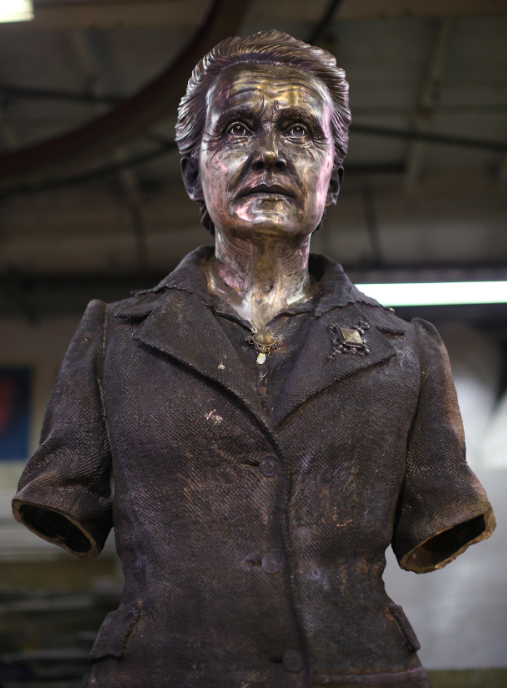
In 1928, voting rights were extended to all women over 21, in line with men, and an 81-year-old Fawcett watched on in the public gallery in the House of Commons as the bill was passed.
She died one year later.
Today, the Fawcett Society, named in her honour, continues to fight for gender equality and in February this year Fawcett won a BBC Radio 4 poll for the most influential women of the past 100 years.
The unveiling on Tuesday comes seven months after the statue, which features a 50-year-old Fawcett holding a banner reading ‘Courage calls to courage everywhere’, first went into production.
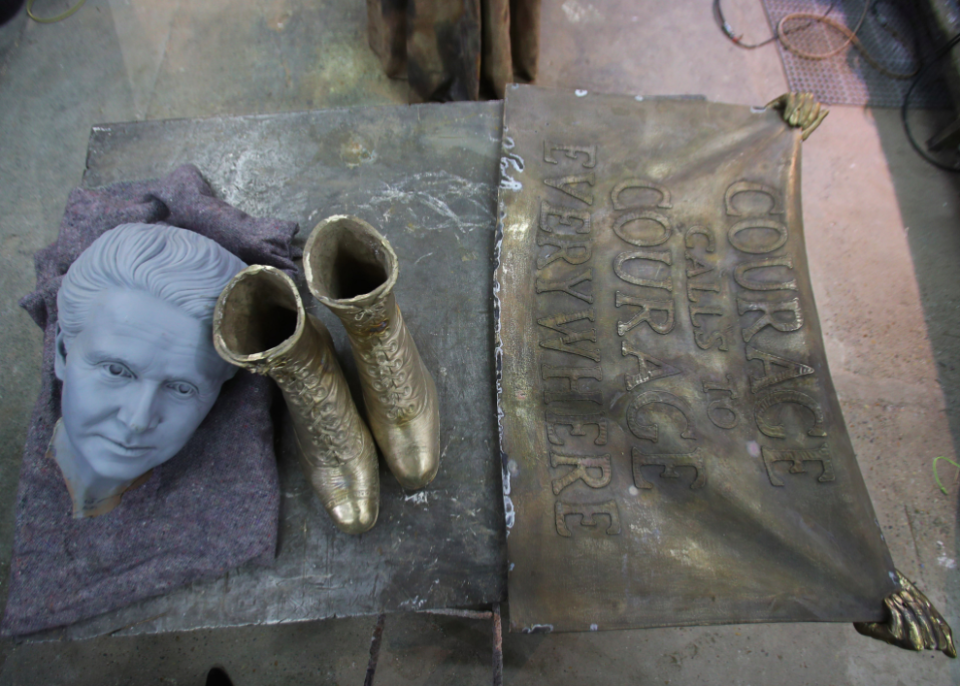
Caroline Criado Perez first launched the online petition after noticing there were no statues of women in Parliament Square during a run.
After attracting thousands of signatures, Westminster Council and the Mayor of London’s office confirmed in September 2017 that the statue would be built to mark the 2018 centenary of women’s suffrage in Britain.
Prime Minister, Theresa May, said: ‘I would not be here today as Prime Minister, no female MPs would have taken their seats in Parliament, none of us would have the rights and protections we now enjoy, were it not for Dame Millicent Garret Fawcett…
‘For generations to come, this statue will serve not just as a reminder of Dame Millicent’s extraordinary life and legacy, but as inspiration to all of us who wish to follow in her footsteps.’

 Yahoo News
Yahoo News 
